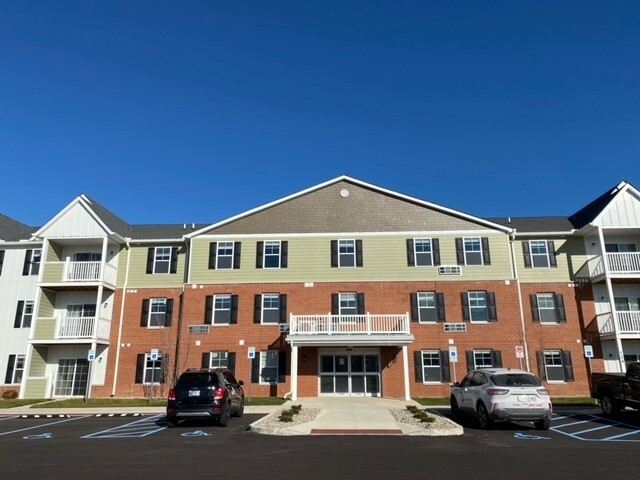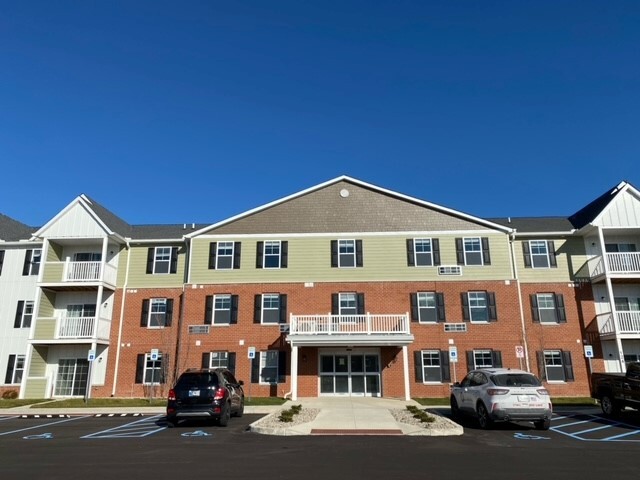New Home in Singapore

Moving to a new home is always a major life event, filled with excitement and challenges, and this is especially true in a vibrant and dynamic city like Singapore. Whether you’re relocating for work, studying, or just seeking a change of scenery, this guide will help you navigate the process smoothly, ensuring a seamless transition to your new home in this bustling city-state.
1. Planning Your Move
Before you begin packing your belongings, it’s crucial to plan your move carefully. Here are some essential steps to consider:
a. Set a Timeline: Create a moving timeline that includes key milestones, such as finding a new home, packing, and moving day. This will help you stay organized and ensure that you don’t miss any important tasks.
b. Budget Wisely: Moving can be expensive, so it’s important to budget for various costs, including hiring movers, utility deposits, and any unexpected expenses. Singapore’s cost of living can be high, so plan accordingly to avoid financial strain.
c. Research Your New Neighborhood: Singapore is divided into various districts, each with its unique characteristics. Research your new neighborhood to understand its amenities, transport links, and local services. This will help you feel more at home once you arrive.
2. Finding a New Home
Singapore offers a wide range of housing options, from high-rise apartments to landed properties. Here’s how to find the perfect place for you:
a. Define Your Needs: Determine what’s important to you in a new home. Consider factors such as proximity to work or school, access to public transport, and nearby amenities like shopping malls and recreational facilities.
b. Engage a Real Estate Agent: While you can browse listings online, working with a local real estate agent can simplify the process. They can provide valuable insights into different neighborhoods and assist with paperwork and negotiations.
c. Understand Lease Agreements: Most rentals in Singapore are on a 1-year lease basis. Make sure you understand the terms of the lease, including the deposit amount, maintenance responsibilities, and any restrictions on subletting.
3. Packing and Moving
Once you’ve secured your new home, it’s time to focus on the packing and moving process:
a. Declutter: Moving is a great opportunity to declutter your belongings. Sort through your items and decide what to keep, donate, or discard. This will make packing easier and can reduce moving costs.
b. Pack Efficiently: Use sturdy boxes and packing materials to protect your belongings. Label each box with its contents and the room it’s destined for. This will make unpacking much more manageable.
c. Hire Professional Movers: While DIY moving is an option, hiring professional movers can save you time and stress. Look for reputable moving companies with positive reviews and ensure they are licensed and insured.
4. Settling Into Your New Home
After the move, there are a few important tasks to complete to ensure a smooth transition:
a. Update Your Address: Notify relevant institutions of your change of address, including banks, insurance companies, and government agencies. Don’t forget to update your address with friends and family too.
b. Set Up Utilities: Contact utility providers to set up electricity, water, and internet services in your new home. In Singapore, the main utility provider is SP Group, and setting up an account is relatively straightforward.
c. Explore Your Neighborhood: Take some time to explore your new neighborhood. Visit local shops, cafes, and parks. This will help you feel more at home and integrate into the community.
5. Navigating Singapore’s Housing Market
Singapore’s housing market can be unique, with certain regulations and practices to be aware of:
a. Public Housing vs. Private Housing: The majority of Singaporeans live in public housing provided by the Housing and Development Board (HDB). Foreigners can rent private properties, including condominiums and landed houses. Understand the differences to choose what best suits your needs.
b. Stamp Duty: When purchasing a property, you’ll need to pay stamp duty. This is calculated based on the purchase price or market value of the property, whichever is higher. If you’re renting, stamp duty is a smaller percentage of the annual rent.
c. Property Market Trends: Keep an eye on property market trends, especially if you’re looking to buy. Singapore’s property market can be influenced by various factors, including government policies and economic conditions.

6. Adjusting to Life in Singapore
Singapore is a multicultural city with a blend of traditional and modern influences. Here are some tips to help you adjust:
a. Embrace the Culture: Singapore is known for its diverse culture and rich heritage. Explore local festivals, try traditional dishes, and learn about the city’s history to enrich your experience. Kindly check out the Emerald Of Katong Elevation Chart to find more tips and ideas about property market.
b. Stay Active: With its clean and green environment, Singapore offers plenty of outdoor activities. Enjoy the city’s parks, jogging trails, and waterfronts to stay active and healthy.
c. Build a Social Network: Connect with locals and expats through community events, social groups, and online forums. Building a network will help you feel more connected and supported in your new home.
Conclusion
Moving to a new home in Singapore can be an exciting adventure filled with new opportunities and experiences. By planning carefully, finding the right home, and embracing the local culture, you can make your transition as smooth and enjoyable as possible. Remember to stay organized, be flexible, and take the time to explore and adapt to your new surroundings. Welcome to Singapore, a city where modernity meets tradition in the most vibrant way!

